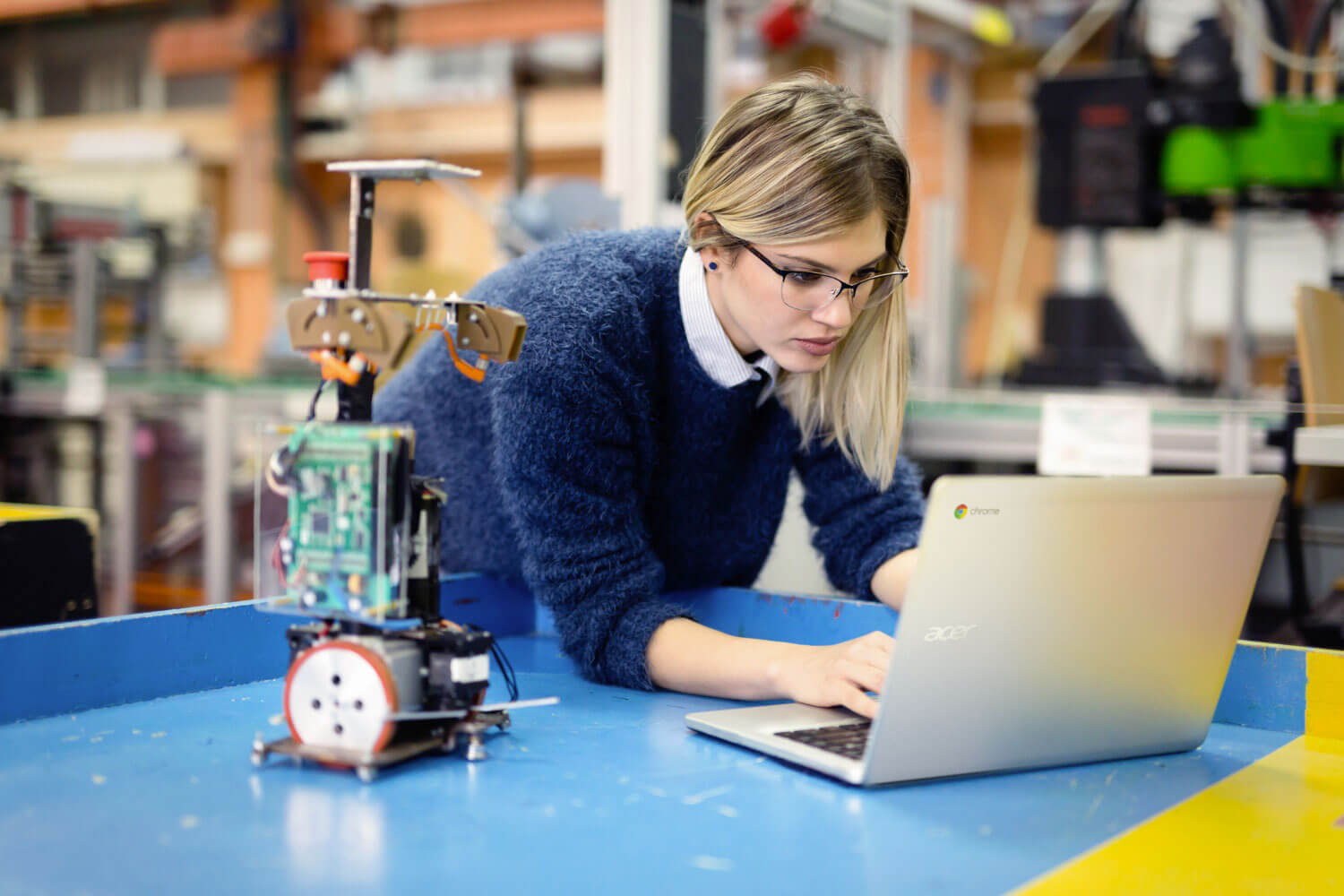RobotLAB Blog
Everything You Need To Know About Robotics in Businesses
4 ways to support the growing role robotics will have in society
By Dmitry Krasovskiy, PhD, Head of Education and Learning Services, EPAM Systems, Inc
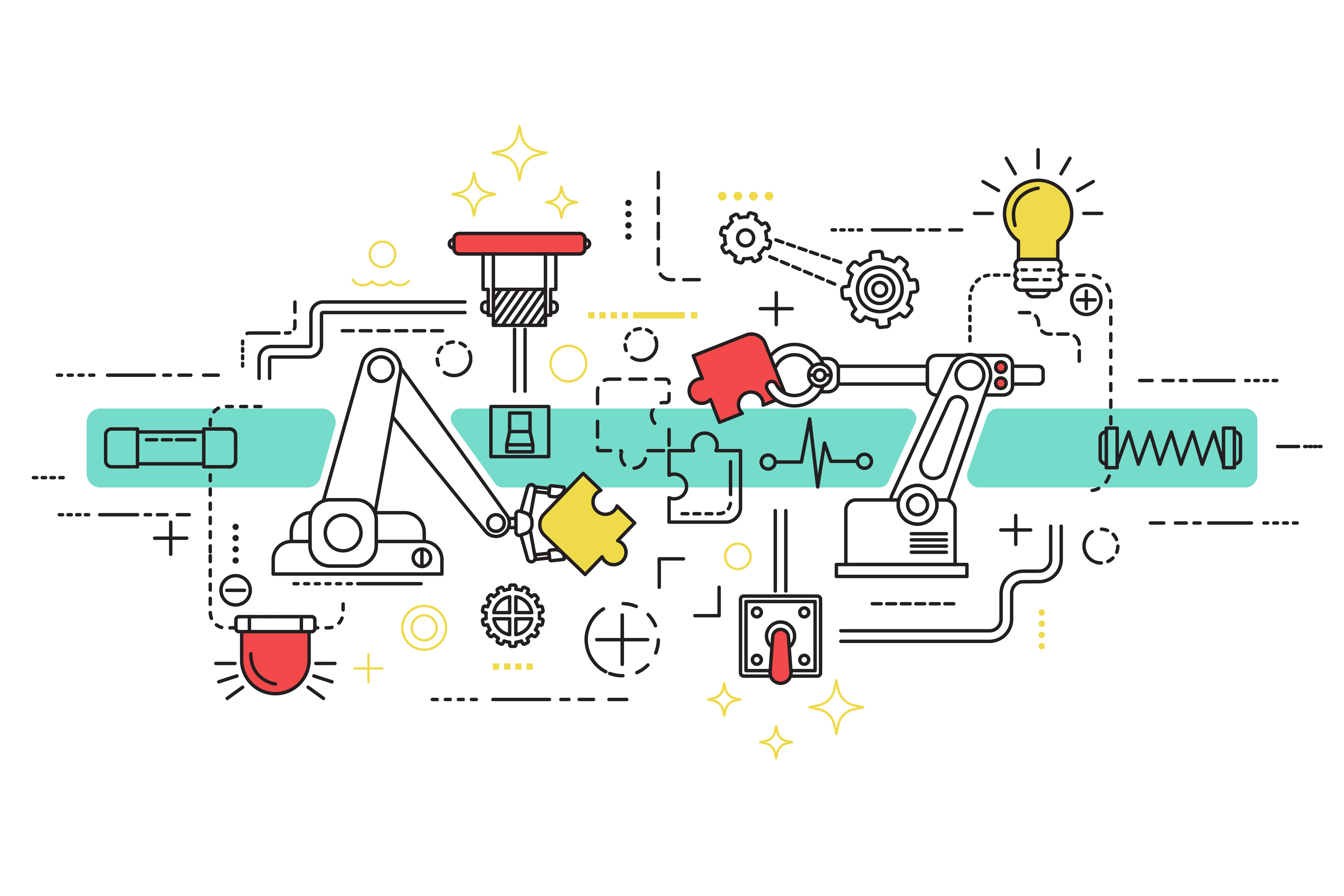
Here’s how edtech providers can buoy educators’ efforts to teach tomorrow’s inventors to embrace the future through robotics
- 1 Comments
- Jun 15, 2023 3:21:00 PM
- Posted by Maria Alejandra Calcetero
- Topics: Robotics, EdTech, STEM, Education, code, 21st Century Classroom, Special Education, Artificial Intelligence, data literacy, Coding, Robots,, students, programming, Technology, VR, STEMchat, Edchat, AI, k12, virtual learning, classroom, Inteligencia Artificial, Literacy, STEM literacy
How Can Teachers Effectively Incorporate Social Media Into Their STEM Curriculum
By Katie Brenneman
 Image Source: Pexels
Image Source: Pexels
In today's digitally interconnected world, social media has revolutionized the way people communicate, collaborate, and consume information. It has permeated various aspects of our lives, including education, where it presents unique opportunities for teachers to engage students in new and exciting ways. One particular field that can greatly benefit from this integration is STEM (Science, Technology, Engineering, and Mathematics) education.
Let’s take a closer look at how teachers can effectively incorporate social media into a STEM curriculum.
- 0 Comments
- May 24, 2023 9:04:29 AM
- Posted by Maria Alejandra Calcetero
- Topics: Robotics, EdTech, STEM, Education, code, 21st Century Classroom, Special Education, Artificial Intelligence, data literacy, Coding, Robots,, students, programming, Technology, VR, STEMchat, Edchat, AI, k12, virtual learning, classroom, Inteligencia Artificial, Literacy, STEM literacy
Is Online Collaboration Better for STEM Students?
By Devin Partida
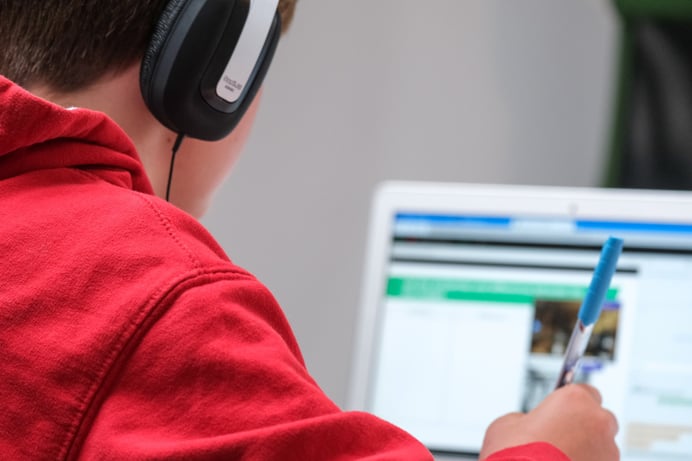
The pandemic forced many students to switch to online courses. While virtual learning was a useful stopgap measure in the absence of in-person classes, certain topics proved very difficult to teach remotely, especially hands-on STEM subjects. For physical science, technology and engineering courses, in-person classes work best, but there’s still a place for online learning.
- 0 Comments
- May 15, 2023 3:49:49 PM
- Posted by Maria Alejandra Calcetero
- Topics: Robotics, EdTech, STEM, Education, code, 21st Century Classroom, Special Education, Artificial Intelligence, data literacy, Coding, Robots,, students, programming, Technology, VR, Realidad Virtual, STEMchat, Edchat, AI, k12, Virtual Reality, virtual learning, classroom, Inteligencia Artificial, Literacy, STEM literacy
Here is the STEM grants list for 2023!
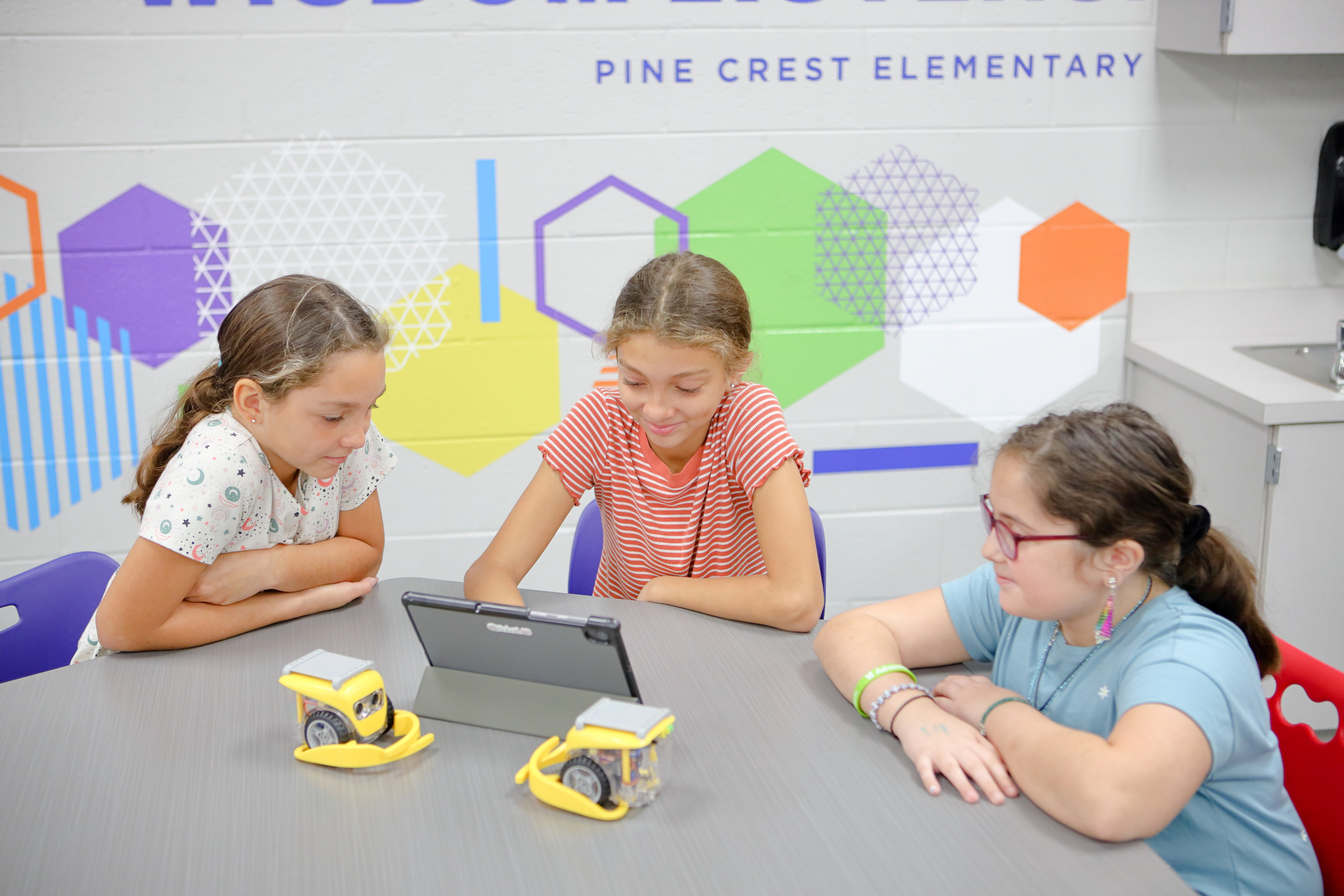
At RobotLAB, we believe that every student deserves access to the latest technologies and learning tools to prepare them for the future.
As part of our commitment to supporting STEM education, we've compiled a list of existing and new grants that schools can apply for to invest in robotics technology and support their educational programs.
We understand that finding the right funding can be a challenge for schools, which is why we've done the research and put together a comprehensive list of STEM opportunities and resources to help you navigate the offerings available.
- 0 Comments
- May 11, 2023 3:27:21 PM
- Posted by Maria Alejandra Calcetero
- Topics: Robotics, EdTech, STEM, Education, code, 21st Century Classroom, Special Education, Artificial Intelligence, data literacy, Coding, Robots,, students, programming, Technology, VR, Realidad Virtual, STEMchat, Edchat, AI, k12, Virtual Reality, virtual learning, classroom, Inteligencia Artificial, Literacy, STEM literacy
Emphasizing the Importance of STEM to Students
By Devin Partida
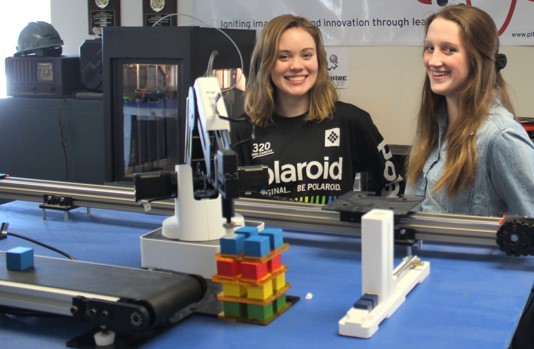
Science, technology, engineering and math (STEM) make the world go round. It drives everything from medicine to spaceflight, enriching everyone’s lives and securing the future. If your students need further proof of STEM’s importance, here are several reasons it’s so valuable.
- 0 Comments
- Apr 12, 2023 6:41:41 PM
- Posted by Maria Alejandra Calcetero
- Topics: Robotics, EdTech, STEM, Education, code, 21st Century Classroom, Special Education, Artificial Intelligence, data literacy, Coding, Robots,, students, programming, Technology, VR, Realidad Virtual, STEMchat, Edchat, AI, k12, Virtual Reality, virtual learning, classroom, Inteligencia Artificial, Literacy, STEM literacy
Promoting Diversity and Inclusion In Robotics Education
By Devin Partida
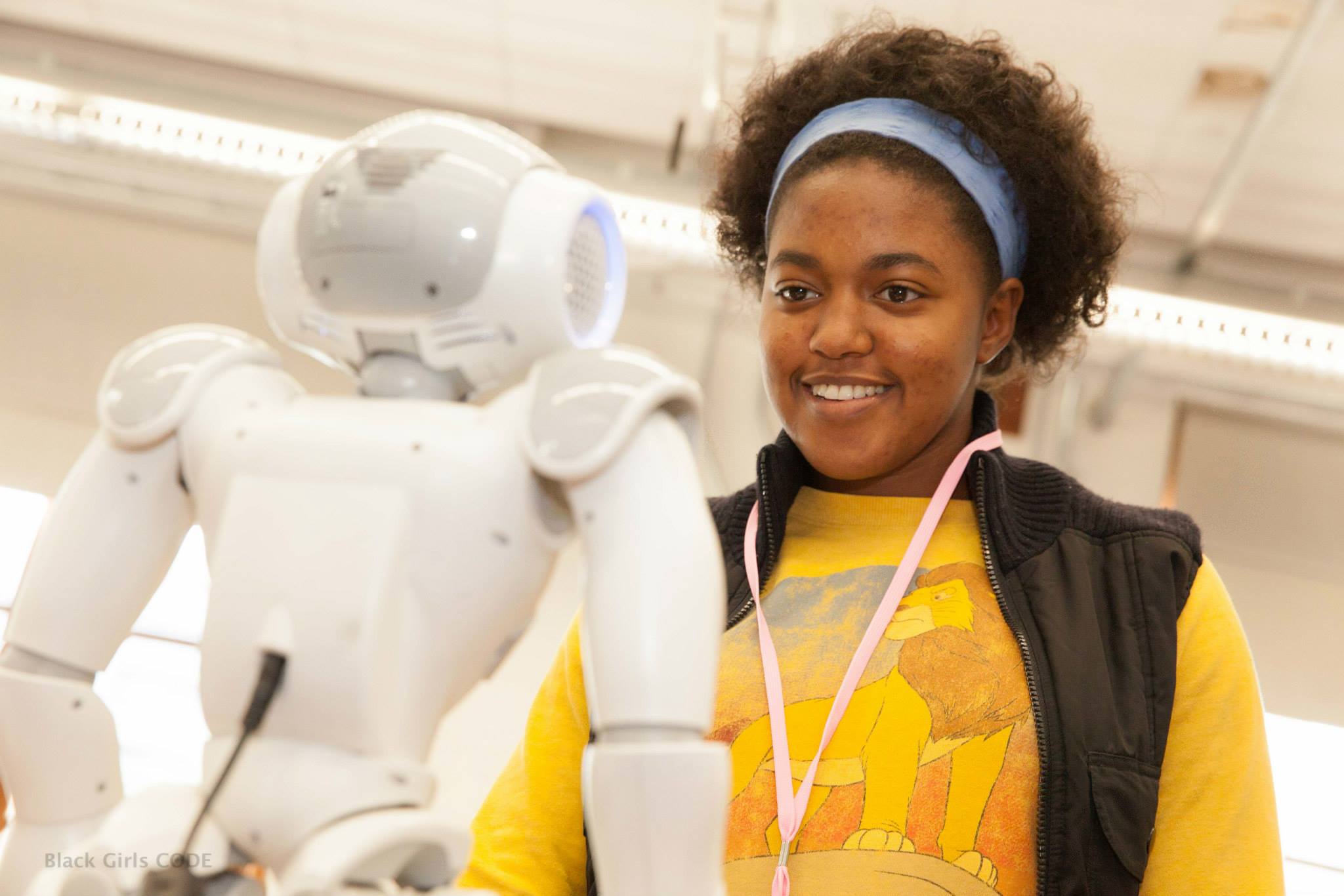 Image source: Black Girls Code
Image source: Black Girls Code
Diversity and inclusion are vital to creating a robotics education curriculum that invites all students to explore STEM. Many teachers today, at all levels, are working hard to make their approach more inclusive and equitable for all kids.
It can sometimes be confusing working out where to get started. These tips can be used in any classroom, for any type of course. They’ll give you a place to start building your inclusive robotics education strategy from so you can make the world of STEM accessible to all students.
- 0 Comments
- Aug 11, 2022 10:17:23 AM
- Posted by Natalia Galvis
- Topics: Robotics, EdTech, STEM, Artificial Intelligence, Robots,, AI, classroom, Inteligencia Artificial, school robots
Use Cases For Robotic Process Automation At Educational Institutions
By Carla Jose
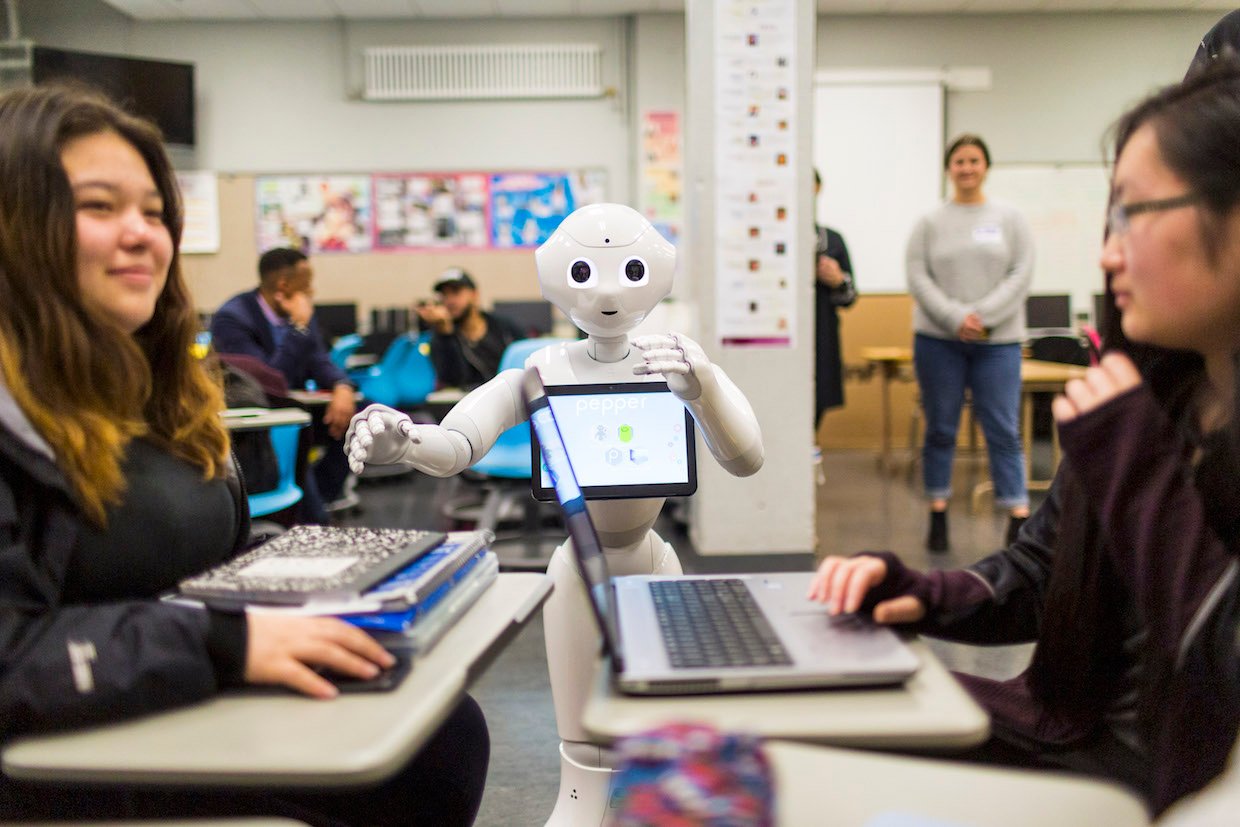 Image source: Softbank Robotics
Image source: Softbank Robotics
Whether it is creating a favorable learning environment or holding teacher-parent meetings, administrative and educational processes in universities, colleges, and schools are filled with a lot of paperwork and repetitive processes.
These processes consume a lot of resources and time, things that can be used in other areas to improve learning experiences. If you visit most universities around the globe, do not be surprised to find that they are largely understaffed.
The ratio of staff to students even gets worse in the peak season, meaning that a solution is needed as soon as possible. Fortunately, Robotic Process Automation (RPA) can help administrators and educators to automate processes and tasks in a bid to create a better working and learning environment.
- 0 Comments
- Jul 21, 2022 12:12:20 PM
- Posted by Natalia Galvis
- Topics: Robotics, EdTech, STEM, Artificial Intelligence, Robots,, AI, classroom, Inteligencia Artificial, school robots
Pursuing Education to Score a Robotics Career in Government
By Devin Partida
Because of today’s advanced technology, robots are the next big thing. Robots can help streamline processes and reduce human error, and a job in robotics can offer plenty of growth and a competitive salary.
If you are a robotics or STEM educator, here are some steps for helping students in their robotics career journey — especially if your students are interested in pursuing a robotics career within the government.
- 0 Comments
- Jul 20, 2022 8:42:42 AM
- Posted by Elad Inbar
- Topics: Robotics, EdTech, STEM, Artificial Intelligence, Robots,, AI, classroom, Inteligencia Artificial, school robots
How Educators and Millennial Parents Are Tackling EdTech Together
By Dan Matthews
 Photo by Julia M Cameron: https://www.pexels.com/photo/photo-of-woman-tutoring-young-boy-4145354/
Photo by Julia M Cameron: https://www.pexels.com/photo/photo-of-woman-tutoring-young-boy-4145354/
Let’s face it: Ours is truly the great age of technology. And while many parents may want their children to enjoy the simple innocence of childhood, free of the risks that an overreliance on tech can yield, the simple truth is that technology isn’t just a staple in the lives of children today, but it’s also inevitably going to form the cornerstone of their future success.
In other words, there’s just no denying the central importance of technology in the lives of children today. Millennial parents, however, understand perhaps better than most that this is by no means a necessarily bad thing. As the first generation of digital natives, millennials understand what it means to grow up with a device in your hands.
Best of all, they understand the unique power of technology as a learning tool. It is for this reason that millennial parents and educators are increasingly forging a potent alliance for the use of technology in education.
- 0 Comments
- Jun 29, 2022 10:00:00 AM
- Posted by Elad Inbar
- Topics: Robotics, EdTech, STEM, Artificial Intelligence, Robots,, Technology, AI, classroom, Inteligencia Artificial, school robots
6 Educational Grants That Could Let You Bring Robotics Into the Classroom
By Carla Jose
Image Source: Pexels
Robotics isn’t just a technology that’s suitable for manufacturing and other major industries; it also has applications in an education context. Of course robotics systems are not always affordable for the average school, college or university. So what grants and support schemes are out there which could bring high end systems within reach of average institutions?
- 0 Comments
- Jun 24, 2022 10:00:00 AM
- Posted by Elad Inbar
- Topics: Robotics, EdTech, STEM, Artificial Intelligence, Robots,, AI, classroom, Inteligencia Artificial, school robots
Relevant Posts
- Augmented Reality: A Tool for Teaching Students Robot Programming
- Fostering Innovation Through Youth Education in STEM and EdTech
- How Parents Can Foster STEM Learning Beyond the Classroom
- How Robotics Cultivates a Deep Understanding of Mathematics in Students
- RobotLAB Receives EDTech Chronicle 2023 ‘BESTIE’ Award for Landmark Partnership with American Samoa Dept. of Education.
Subscribe to Email Updates
-
I Want To Learn MoreADDITIONAL INFORMATION

